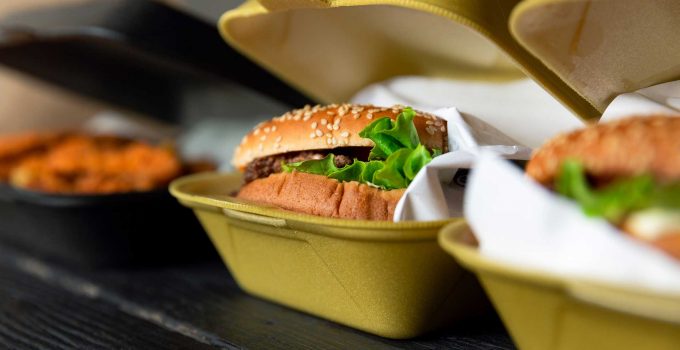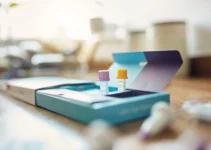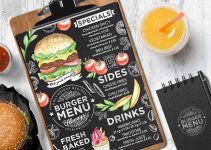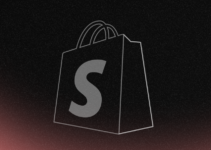You might be in favor of metallic or glass packaging, as there is a lot of hate against plastic. But other than [plastic, cardboard, metal tins and glass bottles are also used to pack things. Though it is not right to use plastic excessively, cardboard and metallic packaging are not that safe either. Therefore, you have to decide your “safety”.
If you are working in the food packaging department, it is vital for you to ensure safety. However, there are other important things that one should never forget. These involve the ease of use and availability, sustainability and recyclability of the material. Also, how will it affect the taste and quality of the food before it reaches the table?
So if you are looking for a place that can offer you various packaging materials, you should visit uCan Packaging. They are a supplier of packaging materials and at uCan Packaging you will find glass, plastic and metal bottles and containers. You can use them according to your requirements.
In addition to the different materials, you can find them in various assortments too. These include bottles of course. And then they have jars, sleeves, tins, pots, tubes and pump bottles too.
Regulations for food contact materials
There are proper regulations for the materials that come in contact with the food. This includes the packages and also the machinery used for preparing foods. According to these regulations, the machinery used for preparing and packing foods must be designed so that there are no risks of any contagion, sickness or infection. Furthermore, the surface of the machinery should be smooth. Because if there are any crevices or ridges, the risk of harboring organic materials will increase.
In terms of food packaging, there are certain materials that are widely used. These include;
1. Plastic
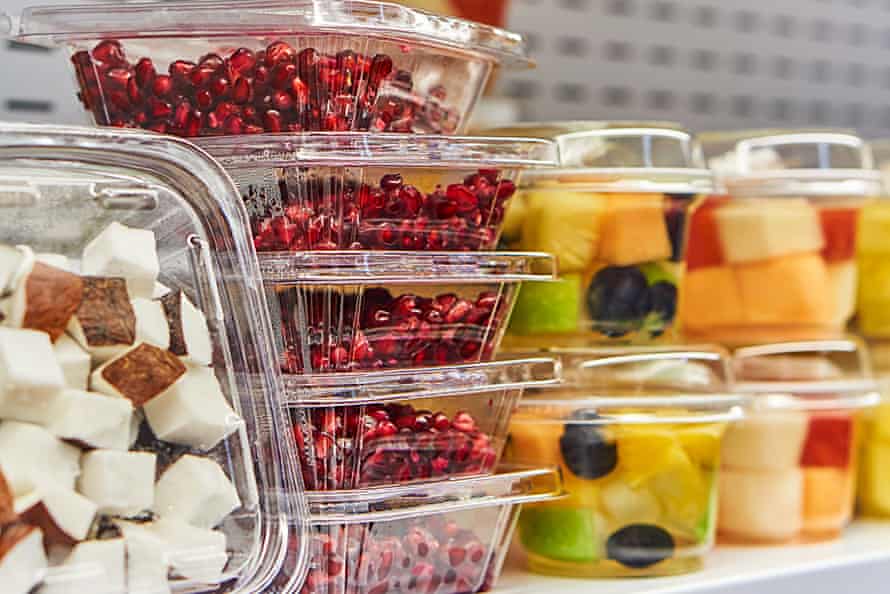
Source: theguardian.com
Despite all the hate and environmental concerns, the most widely used material is plastic. The annual production of plastic is around 300 million tons. And out of this, a lot of plastic is used to pack foodstuff and things, either directly or indirectly. Even if the pack is of cardboard, it has a layer of some type of plastic material. This creates hurdles in the way of recycling and reusing them for other purposes.
Pros
If we are still using plastic despite all the negative aspects, there must be some positive points to it. These include;
- It has a relatively low cost as compared to other materials.
- The durability of plastic is also quite good. If the container falls or suffers some pressure while transport, there won’t be any damage to the food. On the other hand, tins collapse and glass bottles break.
- Plastic containers and packs are long-lasting, so you can use them for more time.
- The weight of plastic is also less than others like glass.
- You can create as many forms as you like because plastic is versatile in its nature.
- People can recycle plastic and reuse it without going through some processes.
Cons
The cons of using plastic include;
- The high carbon footprint affects the environment negatively.
- Despite being recyclable, 90 percent of the plastic is not recycled.
- Plastic bottles end up in landfill sites and oceans affecting the soil and marine life.
- Low-quality plastic mix polluting particles in the food and degrade its quality.
2. Glass
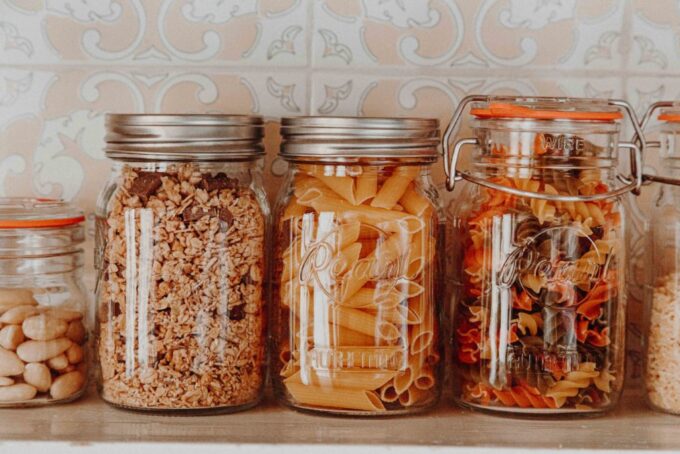
Source: hello-bottle.com
Glass is one of the best materials for foods that have a long shelf life. It resists heat and also moisture. Thus, jams, jellies and pickles are often found packed in glass jars. It prevents air exposure to the packed food. Because glass jars are heat treated to keep the seal intact.
Pros
- You can heat treat the glass containers to keep the seal intact.
- Glass materials do not react with food despite their nature. Thus, keep the food safe.
- It is a sustainable material and comes in different colors. Darker glass colors prevent exposure of food to light.
- These jars and containers are excessively recycled.
Cons
- Glass containers are heavier than other materials.
- They are hard to transport because of their sensitivity to breakage and falling and also because of their weight.
3. Metal
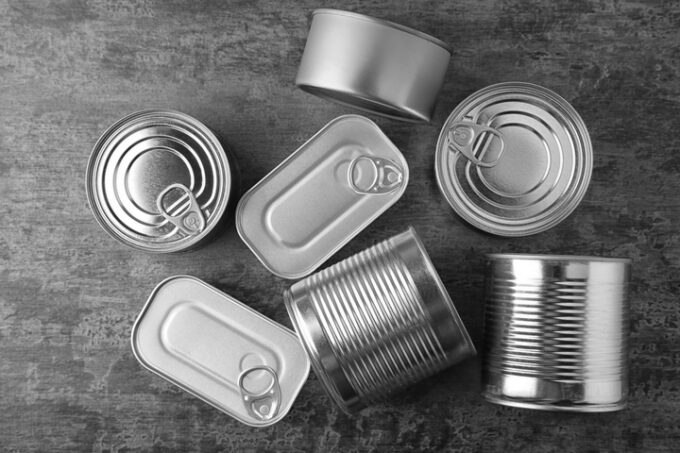
Source: ashesandmilk.com
Food packing containers also come in metallic composition. Different metals that we commonly use in food industries include aluminum, stainless steel and tinplate. Metals are lighter than glass and therefore, it is often preferred. Some other positive aspects include;
Pros
- It is lightweight and is easier to transport.
- Metal containers are not prone to breakage.
- They have a long life and their durability makes them useful for long shelf life foods and drinks.
- These packages are heat resistant.
- Metals are recyclable.
Cons
- Acidic and alkaline foods change the composition and might cause corrosion. Thus, contaminate the food and affects its taste and quality.
- There is less barrier to integrity and therefore, you cannot use it for a longer time.
4. Paper and cardboards

Source: foodabox.com
Among the different safe package materials, paper and cardboards are relatively lighter and cost less. And you must have seen tetra-packs of juices and milk. The several layers of paper or cardboard make the packaging firm and capable of bearing the load. Furthermore, it is easier to use and deal with. So here are some of the plus points that make it good and not so good for food packing.
Pros
- They are lightweight and thus, are easier to transport.
- Cardboard and paper are recyclable and degradable. Therefore, it is often used for making compost too.
- This packaging does not cost much. Thus, becomes the best alternative to plastic packs.
Cons
- The barrier integrity of cardboards and paper is less. So when they degrade upon exposure to water.
- There is often a plastic layer that separates the food from paper and cardboard. This layer also makes it difficult to decompose completely.

